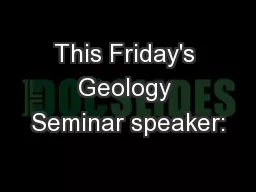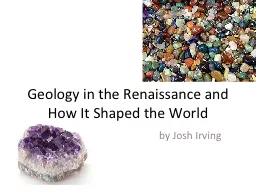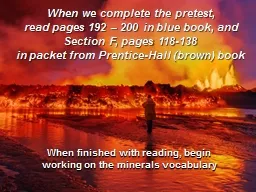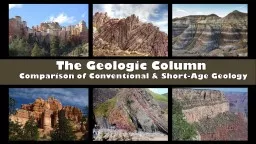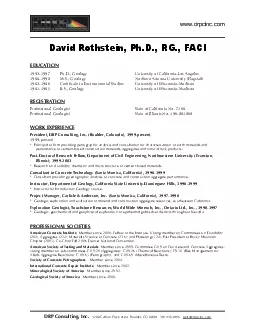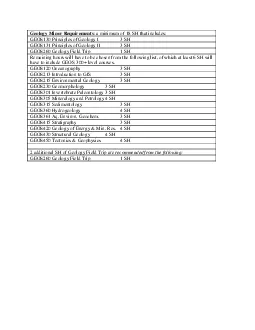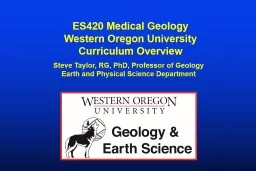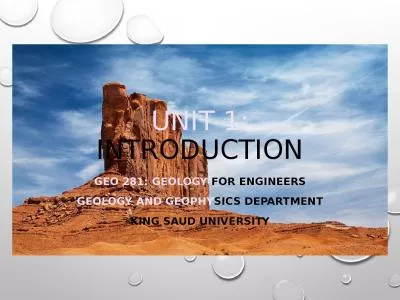PPT-This Friday's Geology Seminar speaker:
Author : jane-oiler | Published Date : 2017-10-03
Dr Justin Dodd Northern Illinois University High latitude marine climate proxies Oxygen isotopes biogenic silica and diagenesis Friday 100 pm Mudd 218 Where we
Presentation Embed Code
Download Presentation
Download Presentation The PPT/PDF document "This Friday's Geology Seminar speaker:" is the property of its rightful owner. Permission is granted to download and print the materials on this website for personal, non-commercial use only, and to display it on your personal computer provided you do not modify the materials and that you retain all copyright notices contained in the materials. By downloading content from our website, you accept the terms of this agreement.
This Friday's Geology Seminar speaker:: Transcript
Download Rules Of Document
"This Friday's Geology Seminar speaker:"The content belongs to its owner. You may download and print it for personal use, without modification, and keep all copyright notices. By downloading, you agree to these terms.
Related Documents

